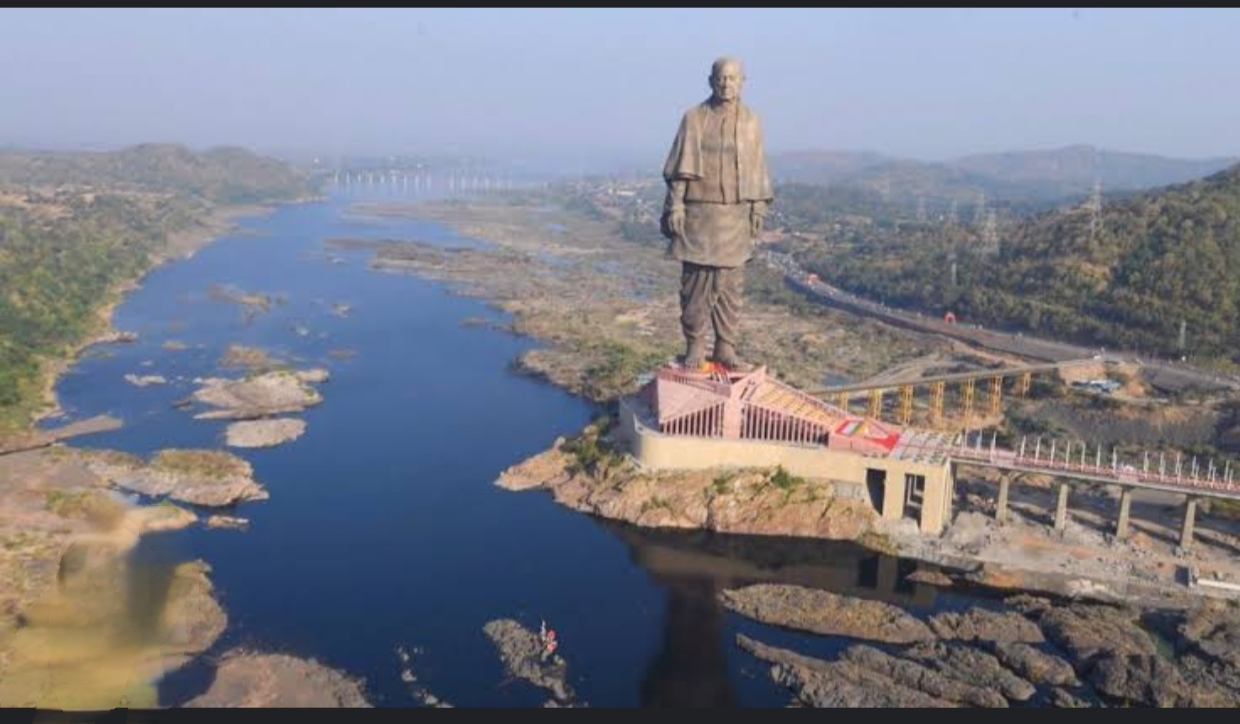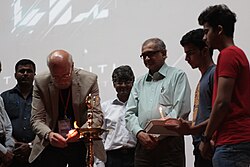Blog Credit : Trupti Thakur
Image Courtesy : Google
Project cNARMADA By IIT Gandhinagar And IIT Indore
The Indian Institute of Technology Gandhinagar (IITGN) has created a new center called the Centre for Narmada River Basin Management (cNARMADA) to study the Narmada River and its surrounding areas. This center will work with IIT Indore and is supported by the Ministry of Jalshakti, responsible for water resources in India.
What is the Purpose of cNARMADA?
The main purpose of cNARMADA is to look at the current condition of the Narmada River’s ecosystem. The goal is to find out what problems are affecting the river’s health and what needs to be done to keep the ecosystem sustainable.
Assessment Process: Condition Assessment and Management Plan (CAMP)
To achieve this, cNARMADA will carry out a Condition Assessment and Management Plan (CAMP). This plan will involve a close study of the Narmada river and its smaller rivers (tributaries) and analyzing how human activities are impacting the environment.
Key Areas of Study
The assessment will focus on major human activities that are affecting the river’s ecosystem, such as:
- Industrial activities.
- Growth of cities and towns (urbanization).
- Changes in how people live.
- Farming and activities in rural areas.
- Cutting down forests (deforestation).
- Building dams and other structures that block or control the river.
- Flood control measures and other infrastructure developments.
Facts About Narmada River Basin Management
- The Narmada River is a major river in India, flowing through the states of Madhya Pradesh, Maharashtra, and Gujarat.
- Its basin covers 97,000 square kilometers, supporting many different ecosystems.
- The river is important for farming, drinking water, and generating electricity.
- The Sardar Sarovar Dam on the river is one of the largest in Asia.
- The Narmada River is a religious site, with many important temples along its banks.
- The river faces problems like deforestation and pollution.
- Efforts are being made to manage the river sustainably and protect its biodiversity.
- The river supports the livelihoods of 1.5 million people.
Facts About Ministry of Jalshakti
- The Ministry of Jalshakti in India was created in 2019 to manage water resources and sanitation.
- It combines two older ministries: the Ministry of Water Resources, River Development and Ganga Rejuvenation, and the Ministry of Drinking Water and Sanitation.
- The ministry is in charge of the National River Conservation Plan and the Namami Gange Programme.
- It plays an important role in carrying out the Swachh Bharat Mission.
- The ministry focuses on water conservation, collecting rainwater, and connecting rivers to address water shortages and support sustainable development.
Blog By : Trupti Thakur

14
AugProject ‘cNARMADA’
Aug 14, 2024Recent Blog
Quantum Gravity Gradiometer PathFinderApr 28, 2025
The TechKriti 2025Apr 26, 2025
India’s First Quantum Computing VillageApr 24, 2025
India’s Achievement In QKDApr 22, 2025
The V2G TechnologyApr 21, 2025




